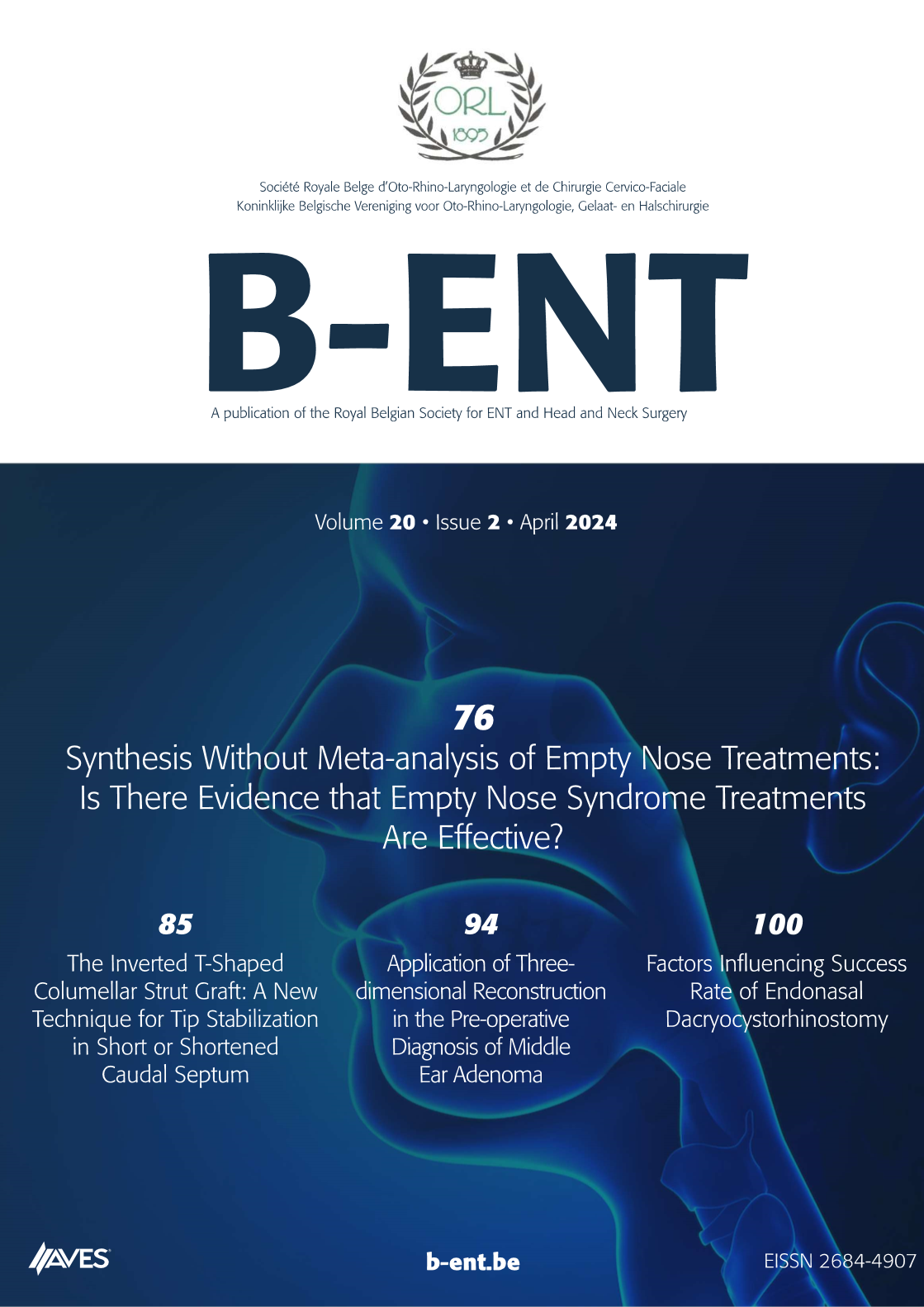Electrical stimulation in dysphagia treatment: a justified controversy? Neuromuscular electrostimulation (NMES) is a method for stimulating muscles with short electrical pulses. Neuromuscular electrostimulation is frequently used in physiotherapy to strengthen healthy muscles (as in sports training) or to prevent muscle atrophy in patients. The first article on the use of NMES as a motor treatment in dysphagic patients was published in 2001. The study involved treating a group of stroke patients with NMES. The supralaryngeal muscles were stimulated using transcutaneous electrostimulation. On the basis of that study and additional reports from the same researcher, a commercial product was developed and marketed. The way in which this product was designed by its producers and evaluated in publications has rendered the use of NMES in the field of dysphagia treatment controversial. Recent literature reports are rather mixed about the effects of NMES on swallowing physiology and possible treatment outcomes. However, critical appraisal of the literature on NMES in dysphagia treatment shows a diversity of treatment parameters, which may be a confounder for the different outcomes in these studies. NMES is used with a variety of different parameters for different types of treatment since muscle contraction is dependent on different electrical parameters. A standard operation protocol for the use of NMES in the treatment of dysphagia seems to be required in order to study the outcomes of this treatment modality in different populations. The current controversy seems to be a threat to the potential benefits of NMES in the treatment of dysphagia.



.png)
